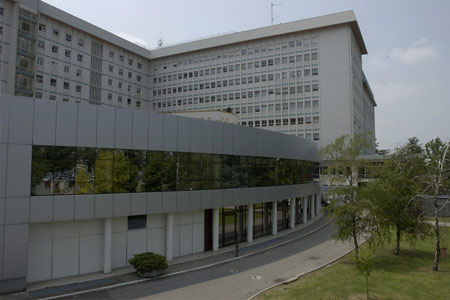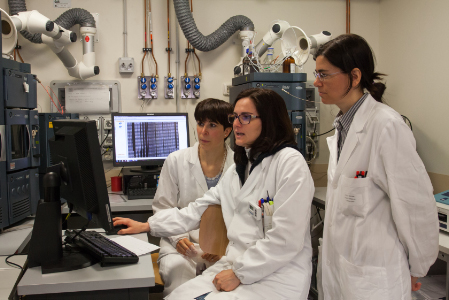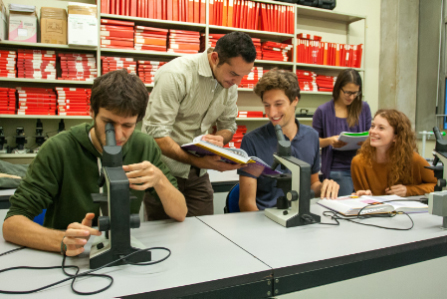This research project is presented by 9 collaborating groups from 8 different Universities. The reason for bringing together such a large number of scientists is that it is hoped that, by assembling their different fields of expertise, a qualitatively different approach will become possible and the molecular recognition process problem will be tackled more successfully by all the groups involved.
Atomic force microscopy, X-ray Crystallography, NMR and other spectroscopic techniques, mass spectrometry, non-conventional electrophoresis, and amino acid sequencing will be used to characterize at the molecular level and with the highest possible degree of detail a series of proteins of pharmaceutical interest. Particular relevance will also be given to the development and application of new computational methods that will be applied to the systems under experimental study in our laboratories. The molecules we have selected have been chosen because they are potential targets for drug design. We thus intend to work on the establishment of a solid scientific base that can be the starting ground for the successful development of new molecules of pharmaceutical relevance. A reasonable number of different proteins will be investigated from a structural point of view by as many of the 9 different teams (operating units) as feasible. Their interactions with ligands natural and synthetic, will also receive much attention and ultimately software will be developed to predict in silico their behaviour under different conditions. The proteins can be classified into four groups:
- hydrophobic molecule binding proteins;
- proteins with antineoplastic properties;
- transmembrane proteins;
- FAD-binding proteins.
Their pharmaceutical relevance is in most cases obvious and clear in every case. We hope that as a result of our collaboration significant steps forward in the understanding of their behaviour will be taken.
During the three-year funding period, the Verona unit intends to concentrate on the following structural problems:
- x-ray diffraction studies on hydrophobic molecule-binding proteins;
- x-ray diffraction studies on edible mushroom lectins with important pharmaceutical properties;
- x-ray diffraction studies on the insulin like growh factor binding proteins-insulin like growth factor system;
- binding and folding free energy computations using a hybrid method molecular mechanics/Poisson-Boltzmann solvent accessible surface area (MM/PBSA).







